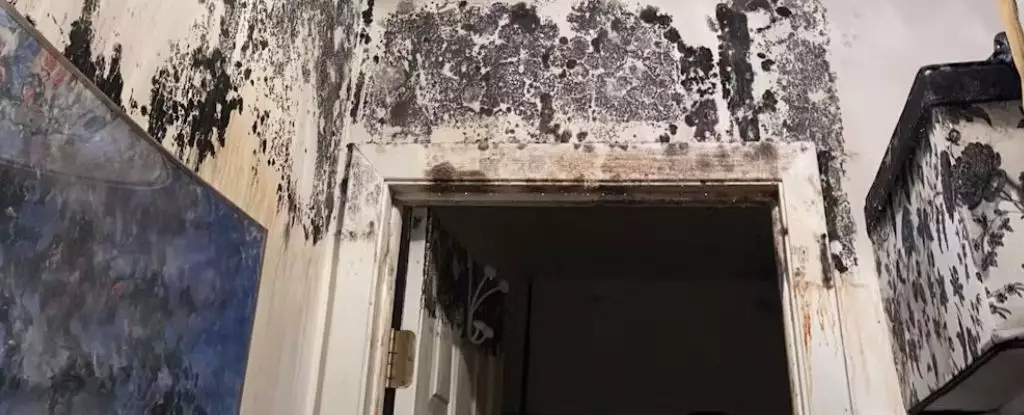Mold growth is a common issue in many households, often triggering feelings of alarm and unease among residents. The sight of dark splotches and fuzzy patches on walls may suggest an underlying threat; however, understanding the nature of mold and the conditions under which it becomes dangerous is critical for homeowners. This intricate relationship between molds and human health warrants further exploration to address misconceptions and highlight the factual implications for indoor environments.
Molds are not merely unsightly intruders in our homes; they play a vital role in our ecosystem. With over one million species classified, these fungi are nature’s recyclers, breaking down organic matter and returning vital nutrients to the earth. Their existence is essential for sustaining life, as they contribute to the decomposition process, which in turn supports growth in the biosphere. From the leaves of houseplants to the organic materials in our backyards, molds are ubiquitous. Yet their presence within our living spaces raises questions about their implications for health and well-being.
While many may associate molds with health risks, particularly respiratory issues such as asthma and allergies, the reality is more nuanced. As a fungal biologist, I have observed that while molds can pose a problem in specific instances, robust scientific evidence linking indoor molds directly to severe illnesses remains limited. There might indeed be cases where mold exposure exacerbates respiratory conditions, but attributing serious illnesses solely to molds requires caution and discernment.
The Science of Mold Growth
Mold thrives in moist environments, and understanding its growth patterns can empower homeowners to manage its presence effectively. They reproduce by releasing microscopic spores into the air, which can be inhaled with every breath. In the right conditions—specifically, where there is consistent moisture—molds can proliferate quickly, forming spidery colonies that consume the organic material around them.
Common areas within homes where mold finds a fertile ground include bathrooms, kitchens, and areas with plumbing concerns. Mold is adept at finding moisture, whether lurking beneath sinks, in showers, or around leaking appliances. When significant mold growth occurs—which may manifest as patches larger than a pizza box—it often necessitates removal and replacement of affected materials, especially in more severe instances. Routine inspections can help intercept mold growth before it escalates, permitting timely action against water leaks or flooding.
Evaluating indoor air quality is an effective way to ascertain mold presence. An indoor air quality specialist can measure airborne mold concentrations, comparing them with outdoor levels to identify potential infestations. High spore concentrations inside, particularly if they differ significantly from levels outside, can indicate an underlying mold problem.
Moreover, a diverse array of molds existing in different indoor and outdoor air samples can signal a problematic situation that requires immediate attendance. Identifying these spores is crucial, as certain species can aggravate allergies or respiratory conditions more than others.
Many homeowners are concerned about toxic molds, especially mold types like Stachybotrys—the so-called “black mold.” Linked to negative health claims in the 1990s, black mold possesses sticky spores that do not disperse readily into the air, thereby limiting exposure risk. However, the specific threat it poses to most homeowners is often overstated. Scientific investigations have not established a direct causation between black mold exposure and serious health complications, stressing the importance of focusing on moisture prevention and effective mold remediation practices instead.
It is undeniable that some molds can produce mycotoxins, which may affect health under certain conditions, predominantly in instances of severe mold infestations, such as those found in flooded homes. However, this reinforces the need for consistent monitoring and addressing moisture problems rather than propagating fear without substantiated evidence.
Every homeowner should cultivate a keen awareness of mold growth to maintain a healthy living environment. By taking an active stance against moisture accumulation and remaining vigilant about spot checks in vulnerable areas of the home, residents can significantly reduce the likelihood of mold-related issues.
Knowledge is power; being able to identify conditions conducive to mold growth and tackle them effectively ensures a safer, more pleasant home atmosphere. Rather than succumbing to panic at the first sight of mold, homeowners can develop a systematic approach to address it sensibly and responsibly, highlighting the balance between understanding molds’ ecological roles and mitigating potential health risks.


Leave a Reply